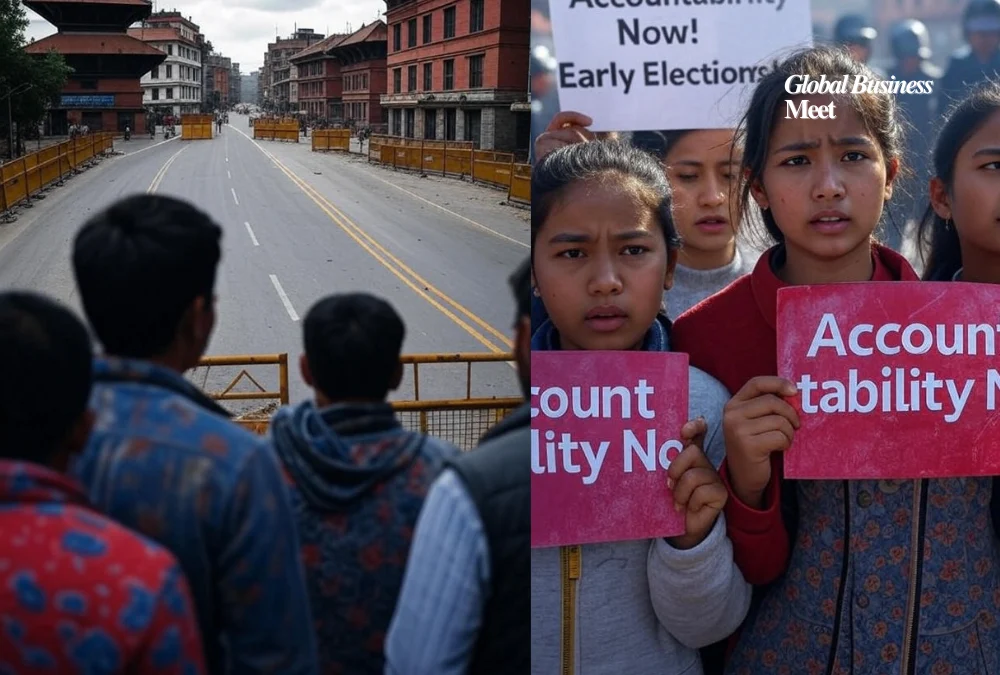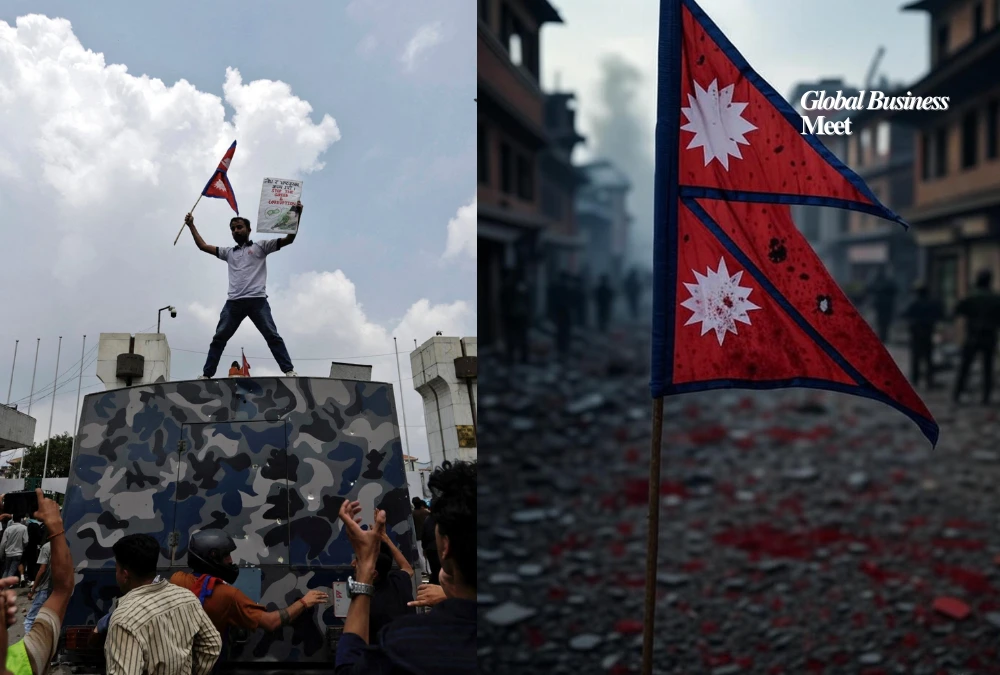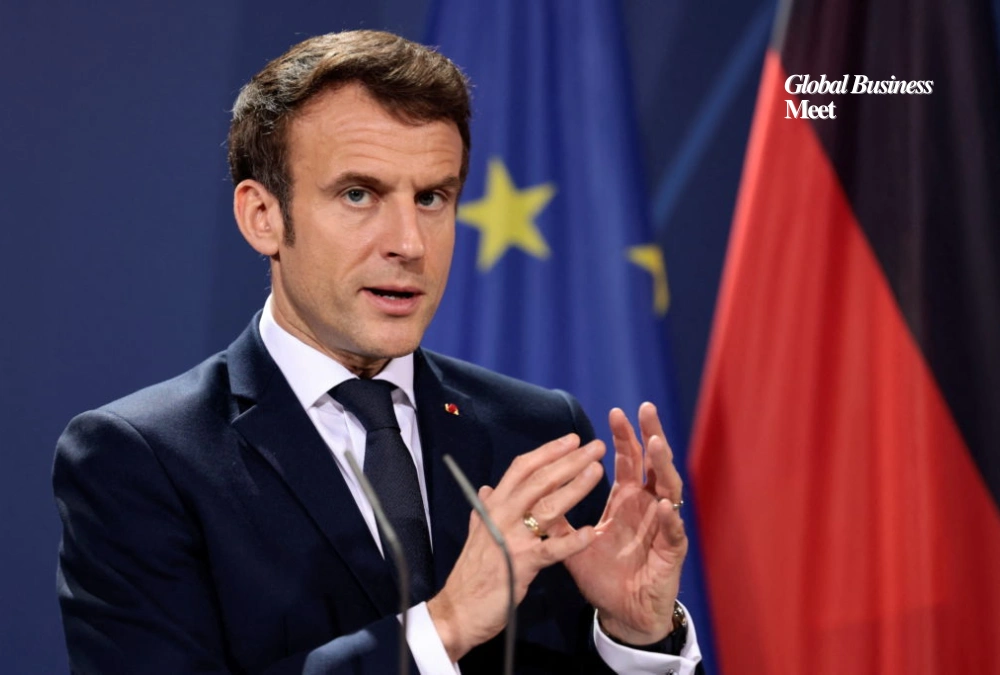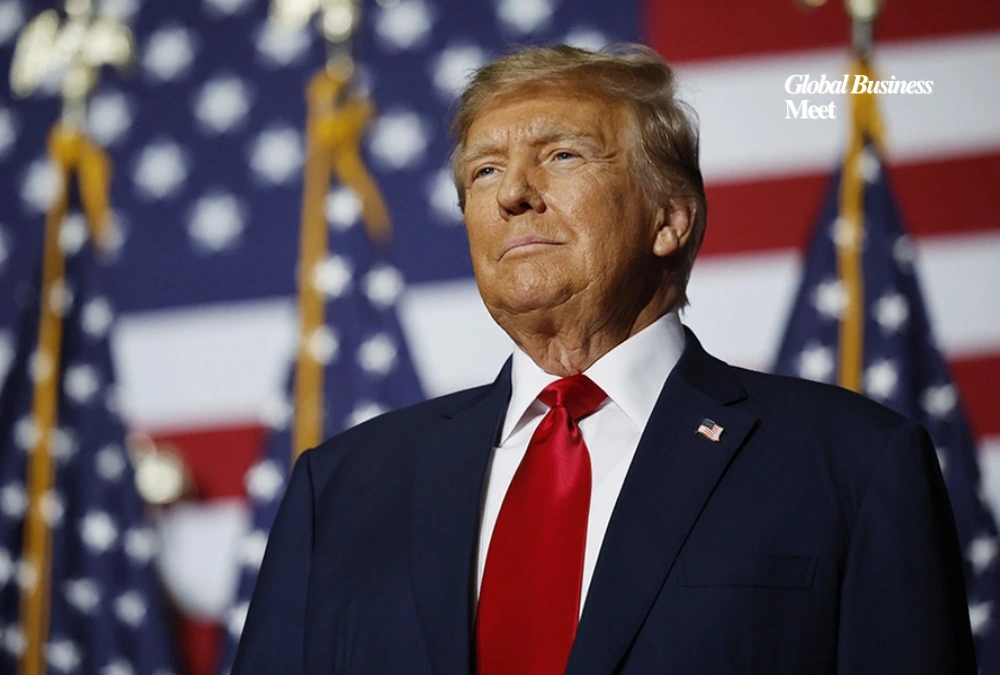
Nepal’s Leadership in Crisis
Nepal is undergoing one of its most turbulent political periods in decades. Following widespread anti-corruption protests, former Chief Justice Sushila Karki has been appointed as Nepal’s first female Prime Minister, tasked with leading an interim government until elections scheduled for March 2026.
Karki, chosen by the president and army chief amid escalating unrest, has immediately called for calm. In her first public statement, she announced compensation of 1 million rupees (around $11,330) for families of protesters killed during clashes with police and assured medical care for the injured. Her government has also appointed three new ministers and named Senior Advocate Savita Bhandari Baral as the first female Attorney General in Nepal’s history.
Gen Z Protests Turn Deadly
The crisis was fueled by Gen Z activists, who mobilized protests primarily through social media platforms popular with young people. Initially triggered by a controversial government social media ban, the demonstrations quickly evolved into a broader anti-corruption movement targeting entrenched political elites.
The protests have turned violent, with over 70 deaths reported, including fatalities from police shootings. Demonstrators set fire to major government buildings in Kathmandu, including the Prime Minister’s Office, presidential palace, Supreme Court, and several police stations. Businesses connected to powerful families were also targeted, reflecting widespread anger at systemic corruption.
Amid the chaos, 3,723 prisoners escaped from jails across the country. As of September 16, authorities have recaptured all escaped prisoners, restoring some order but highlighting the severity of the unrest.
Military Intervention and Curfews
To control the violence, the interim government imposed a curfew in Kathmandu, deploying soldiers to patrol the streets. The military presence has helped reduce immediate confrontations, but tensions remain high in key urban areas.
Youth-led activist groups, notably Hami Nepal, played a pivotal role in orchestrating the protests. The movement, which involves young organizers and former online influencers, has significantly influenced political outcomes, including the resignation of the previous Prime Minister and Karki’s appointment.
Economic and Social Fallout
Nepal’s economy has been severely affected by the unrest. The tourism sector, vital for revenue, has suffered losses due to property damage, disrupted travel, and canceled bookings during the peak season. Hotels and trekking companies, especially in Kathmandu and Pokhara, have been hit the hardest.
Banking operations were disrupted during the unrest, prompting Nepal Rastra Bank to instruct financial institutions to resume essential services. These measures aim to stabilize daily commerce and prevent long-term economic paralysis.
Regional and Global Implications
Nepal’s crisis has drawn attention from neighboring countries, including India, China, and Pakistan, due to its strategic location in South Asia. Analysts note that the protests were focused on democratic reforms rather than any attempt to restore the monarchy, countering rumors of royalist involvement.
International observers have highlighted Nepal’s situation as a model of youth-led activism, showing how social media and Gen Z organizing can directly influence national politics. The #NepalRevolution movement has gained traction globally, with users sharing images, videos, and firsthand accounts of the ongoing unrest.
What Lies Ahead
The interim government faces a formidable task. Beyond restoring law and order, it must address systemic corruption, rebuild damaged infrastructure, and ensure the country is prepared for the March 2026 elections.
While Karki’s leadership has been welcomed by many protesters and citizens, the socio-political environment remains fragile, with widespread distrust of political elites and heightened expectations for reform. How Nepal navigates this period could serve as a benchmark for youth-led democratic movements across the region.










